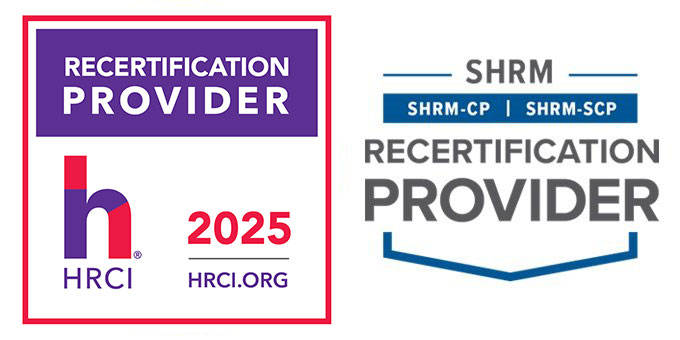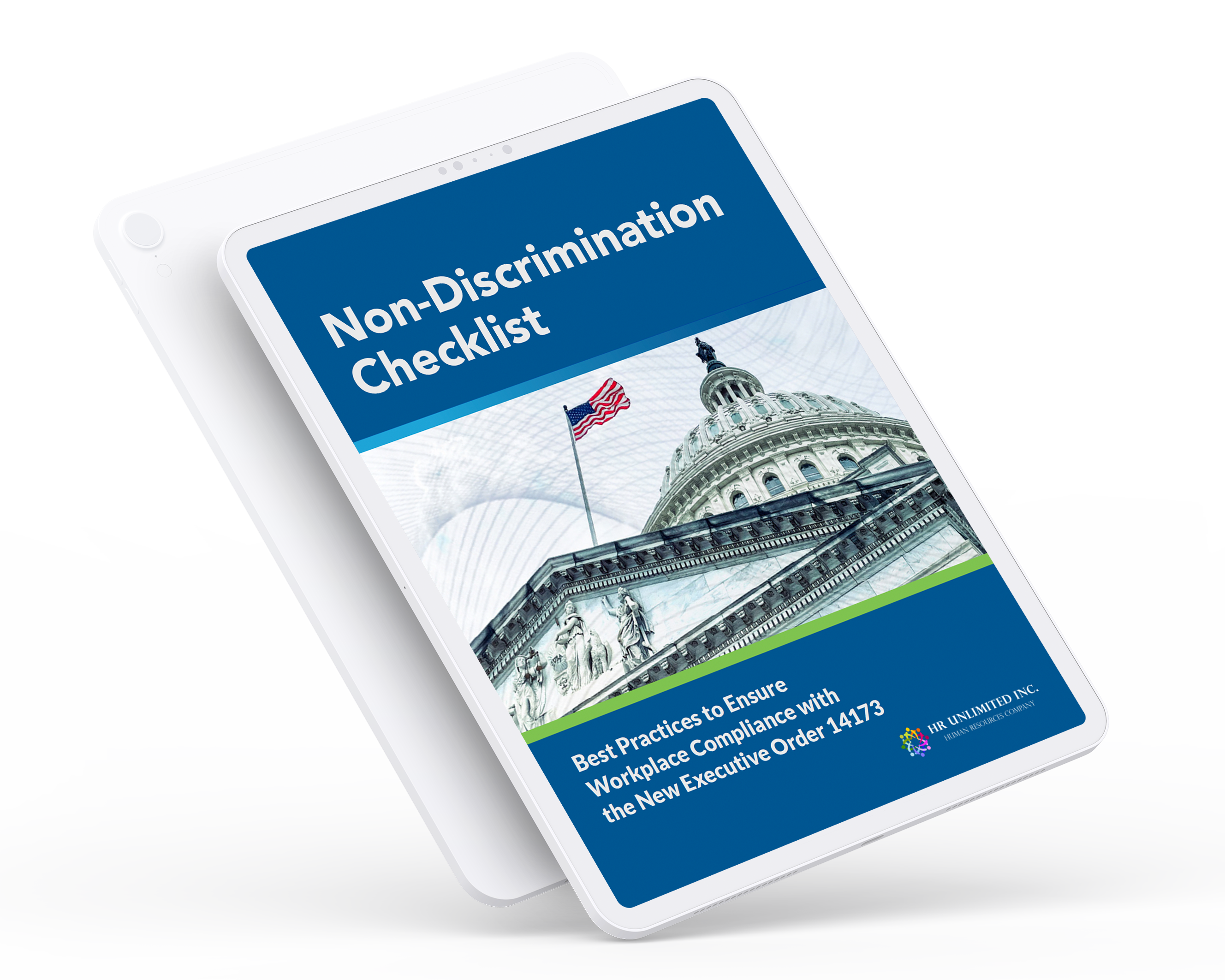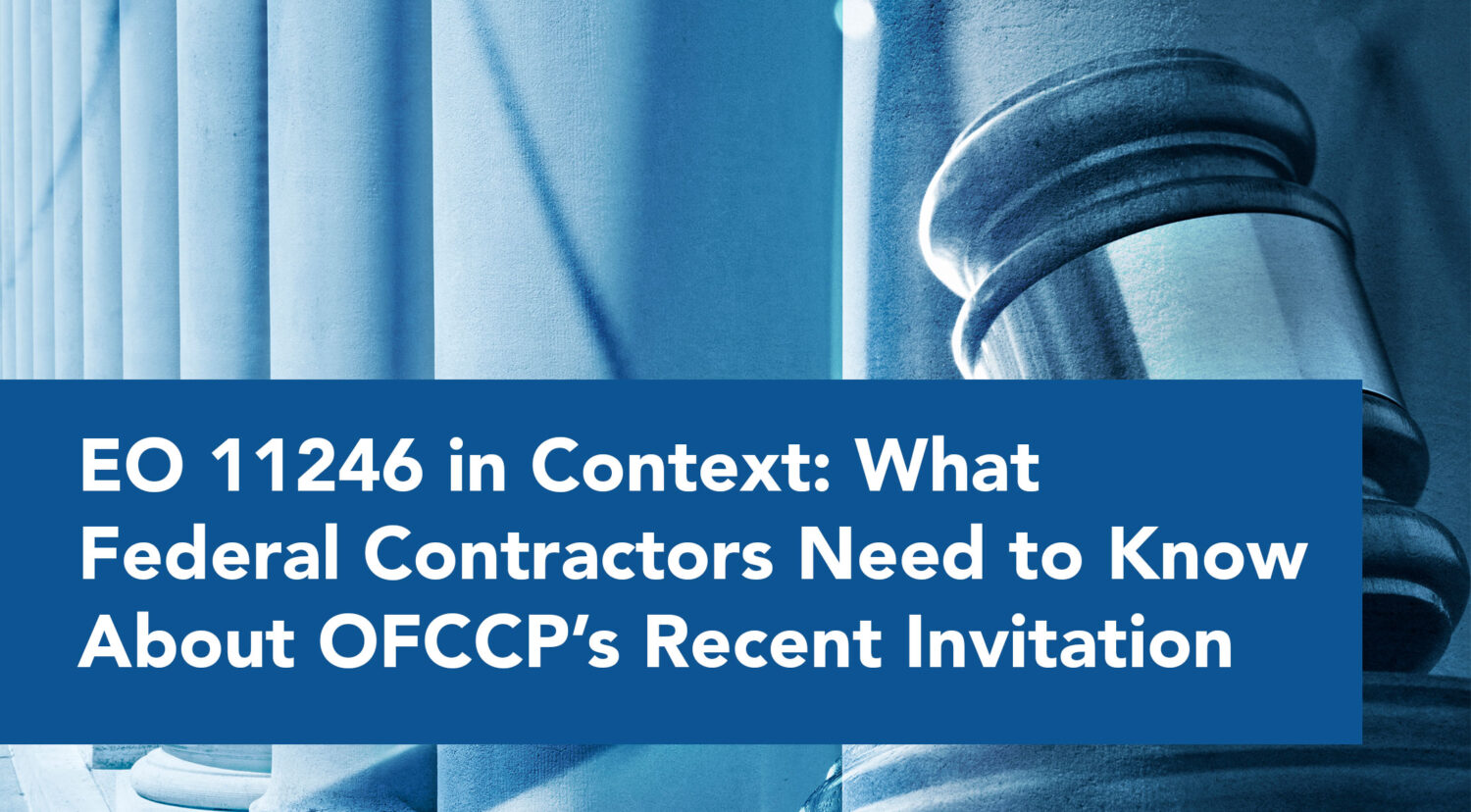

The term “affirmative action” has gotten stuck in its earliest conception in the minds of many, and has not been allowed to grow up to reflect its current meaning. The early debates over affirmative action, focused upon non-male, non-Caucasian minorities, gradually gave way – through a combination of factors – to a more equitable definition. In fact, it can be said that the implementation of affirmative action through agencies, programs, court cases, and federal contractors is much closer to its ideal. “Affirmative action” is now synonymous with “diversity” and “equality.”
President John F. Kennedy launched the term “affirmative action” and its definition through an Executive Order, issued March 6, 1961. Known as “Executive Order 10925,” this single sentence is where it began, specifically for government contractors: “The contractor will take affirmative action to ensure that applicants are employed, and that employees are treated during employment, without regard to their race, creed, color, or national origin.”
If you take a moment to reflect upon the brilliance of this sentence from President Kennedy’s Executive Order 10925, you will see the critical resemblance it has to the language used by the drafters of the U.S. Constitution: it is timeless. There is nothing about this sentence that paralyzed the concept of equal opportunities for all workers and work applicants to a fixed moment in our nation’s history, whether culturally or demographically.
Pushing along the evolution of affirmative action was the ever-fluid concept of America as a “melting pot.” Census Bureau statistics project that the non-Hispanic white population in America will drop below 50% by 2050. Nearly 92% of our population growth in the past ten years came from minorities of all types, whether Hispanic or Latino of any race, African Americans, Asians, and American Indians and Alaskan Natives. Our increasing racial diversity among children indicates that Caucasians will become a statistical minority in the early 2040s.
Not surprisingly, American capitalism has also contributed to the advancement of affirmative action in the workplace. In a headline case accepted for argument before the United States Supreme Court in 2012, more than 50 brand-name corporations submitted amicus briefs supporting affirmative action for student applicants to higher education. The big business argument in favor of affirmative action? Diversity helps boost sales, increase productivity, lower turnover, accelerate product entry into varying markets, and better prepare students for the inherent diversity of the modern global economy.
It would seem that the contemporary definition and application of “affirmative action” is much closer to the grand vision of equality for all workers as originally penned by President Kennedy.





